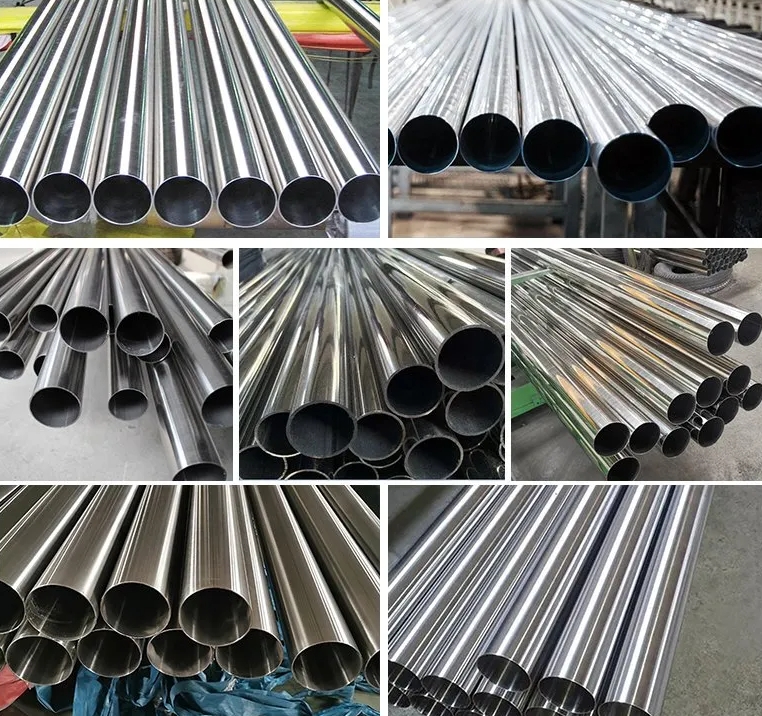304 stainless steel is the most common and common type of steel. It has good corrosion resistance, heat resistance, low temperature strength and mechanical properties. It can also be used for hot processing such as stamping and bending without heat treatment hardening.
304L stainless steel is also called ultra-low carbon stainless steel, and its performance is similar to the generally used 304 stainless steel.
What is the difference between these two types of stainless steel?
The letter "L" after it is called ultra-low carbon stainless steel, and its carbon content varies. Since the carbon content of 304L stainless steel is much lower than that of 304 stainless steel, its corrosion resistance is better than 304 stainless steel, and its welding performance is also better.
The grades at home and abroad are also different. 304 corresponds to the new domestic grade 0Cr18Ni9, and 304L corresponds to the new domestic grade 00Cr19Ni10.
AISI 304 or EN 1.4301 stainless steel is the most widely used and widely used stainless steel with the best all-round performance. It has a lower carbon content and its corrosion resistance is slightly higher than TP302. Intergranular corrosion is not easy to occur after welding. Non-magnetic, but becomes slightly magnetic when cold worked
AISI 304L or EN 1.4306 and 1.4307 grades
Type 1.4306 is an extremely low carbon stainless steel with similar general corrosion resistance to 1.4301, but with superior resistance to intergranular corrosion after welding or stress relieving. Recommended for parts that are manufactured by welding and cannot be subsequently annealed. Parts made from this type are generally limited to use at temperatures up to 426 ̊C. The physical properties and heat treatment of 1.4306 are similar but not necessarily identical to those of 1.4301. Non-magnetic when annealed, but becomes slightly magnetic when cold worked.
1.4301 VS 1.4306 stainless steel Comparison of Chemical and Mechanical Properties
| Property | 1.4301 Stainless Steel | 1.4306 Stainless Steel |
|---|---|---|
| Chemical Composition | ||
| - Chromium (Cr) | 18-20% | 18-20% |
| - Nickel (Ni) | 8-12% | 8-12% |
| - Carbon (C) | ≤0.07% | ≤0.08% |
| Mechanical Properties | ||
| - Tensile Strength (MPa) | ~520 | ~520 |
| - Yield Strength (MPa) | ~205 | ~205 |
| - Elongation (%) | ~40 | ~40 |
| - Hardness (HB) | ≤200 | ≤200 |

